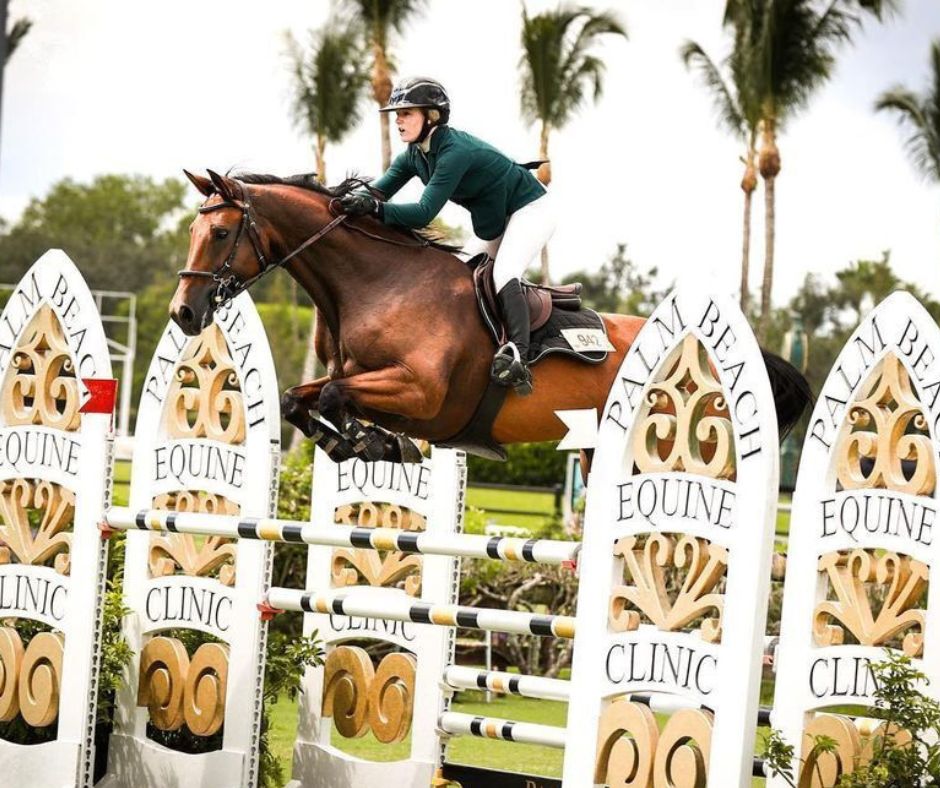
1. Know Your Requirements
Before diving into the European market, it’s crucial to clarify your goals as a rider. Are you seeking a horse for top-level competitions, or do you need a prospect with potential for development? Consider the horse's level of experience, age, and temperament. An understanding of what you need will streamline your search.
Key considerations:
- Experience Level: Are you looking for a young prospect or an already-trained competitor?
- Budget: Prices for European showjumpers vary significantly based on pedigree, training, and competition level, ranging from €15,000 to millions.
- Breed: Warmbloods such as Hanoverians, Holsteiners, and Dutch Warmbloods are highly sought after in the showjumping world.
2. Surround yourself well
Europe is home to many renowned breeders and stables known for producing high-performance showjumpers. Breeding programs in countries like Germany, the Netherlands, and Belgium have a strong focus on producing top-tier horses. Engage with trusted breeders or partners (just like Bridl) who can provide comprehensive records, including bloodlines, health checks, and competition history
3. Understand Bloodlines and Pedigree
Bloodlines play a significant role in the potential and market value of a showjumping horse. Horses with proven lineage, such as offspring of famous jumpers like Quidam de Revel or Baloubet du Rouet, are often more expensive but offer a higher chance of success. Knowing the dam and sire’s performance can give you insight into a horse’s potential
Why it matters:
- A well-bred horse is more likely to inherit desirable traits such as scope, agility, and temperament.
- Bloodlines also affect resale value and future breeding prospects.
Arrange a Pre-Purchase Vet Exam
Always conduct a thorough veterinary examination before finalizing your purchase. This should include a detailed lameness assessment and X-rays to identify any underlying issues that might affect future performance. Many European breeders and sellers are accustomed to buyers requesting this, and some offer pre-sale vet certificates.
Key tests to include:
- Full radiographs (X-rays) of joints and legs.
- Clinical Review / 5-stage PPE
- MRI / Scans / Echos
- Dental and hoof assessments.
- Endoscopy if you suspect respiratory issues.
- Antidoping
- Blood Testing
5. Attend European Auctions or Competitions
Some of the finest showjumping horses are sold at prestigious auctions. These events allow buyers to see the horses in action and often feature elite prospects from top breeding programs. While prices can be high at auctions, you can find top-quality horses vetted and ready for competition
Benefits of auctions:
- Horses are often pre-vetted and showcased in competitions.
- Access to a wider variety of prospects in one location.
6. Consider Transportation and Importation Costs
If you’re buying a showjumper from Europe and importing it to another country, be sure to factor in the costs and logistics of transport. Horses will need international shipping arrangements, which should include quarantine (depending on the destination country), insurance, and transportation from the seller’s stable to the nearest airport.
Steps to follow:
- Work with a reputable international horse transport company.
- Ensure all health certifications and permits are in place to avoid delays.
7. Test Ride the Horse
Finally, if possible, travel to Europe to test-ride the horses you’re interested in. This will give you a first-hand feel of their temperament, rideability, and jumping technique. Most dealers and breeders offer trial rides and even allow you to observe the horse in competition. (If they don't it's weird)
What to evaluate during the ride:
- The horse's reaction to new environments and obstacles.
- Comfort in movement and the quality of its jump.
- Responsiveness to commands and rider adjustments.
Conclusion
Buying a showjumping horse in Europe can be a rewarding investment, but it’s essential to do thorough research and take the necessary steps to ensure you’re getting a healthy, well-bred, and trained horse. By considering your requirements, understanding pedigrees, and engaging with reputable sellers, you’ll be well-equipped to find the ideal showjumper for your needs.
